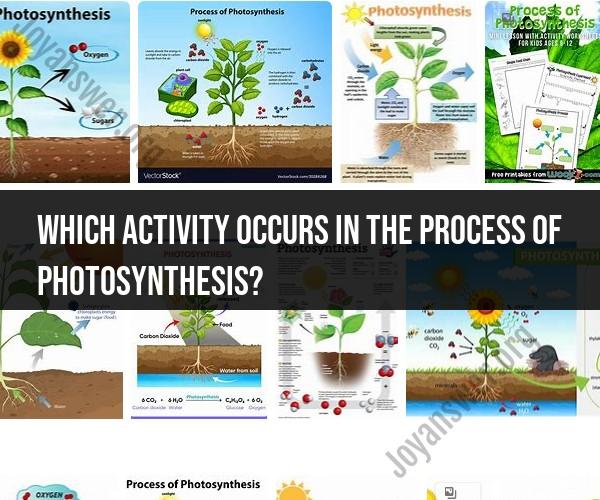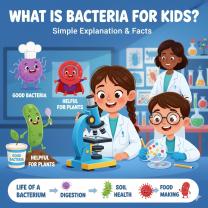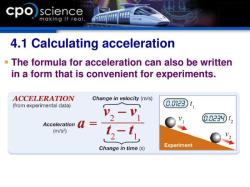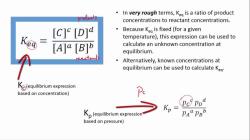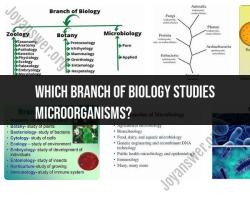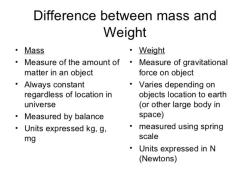Which activity occurs in the process of photosynthesis?
Photosynthesis is a complex biological process that occurs in the chloroplasts of plant cells, as well as in some types of bacteria and algae. During photosynthesis, several key activities take place, and these include:
Light Absorption: Photosynthesis begins with the absorption of sunlight by pigments called chlorophyll and other pigments located in the chloroplasts of plant cells.
Light Reactions (Photolysis and Electron Transport): In the presence of light, water molecules are split (photolysis) into oxygen and protons. The energy from the absorbed sunlight is used to drive an electron transport chain, generating energy-rich molecules like ATP (adenosine triphosphate) and NADPH (nicotinamide adenine dinucleotide phosphate).
Carbon Fixation (Calvin Cycle): The ATP and NADPH produced in the light reactions are used in the Calvin Cycle, which takes place in the stroma of the chloroplasts. In this cycle, carbon dioxide (CO2) from the atmosphere is fixed into organic molecules, such as glucose and other sugars. This process is also known as carbon fixation.
Glucose Synthesis: The organic molecules produced in the Calvin Cycle, especially glucose, serve as an energy storage molecule for the plant. These sugars can be used for immediate energy needs, converted into starch for long-term storage, or transported throughout the plant for growth and metabolism.
Oxygen Release: During the process of photosynthesis, oxygen (O2) is released as a byproduct when water molecules are split in the light reactions. This oxygen is released into the atmosphere and is essential for respiration in many living organisms.
Reduction of NADP+: In addition to ATP, NADPH is generated during the light reactions. NADPH plays a crucial role in carrying high-energy electrons and protons to the Calvin Cycle, where they are used in the reduction of carbon dioxide to produce sugars.
Generation of Energy Carriers: The energy carriers ATP and NADPH, produced during photosynthesis, store energy in a form that can be used by the plant for various cellular processes, including growth, repair, and reproduction.
Starch Storage: Excess glucose and other sugars produced during photosynthesis are often converted into starch and stored in various plant tissues, such as roots, tubers, and seeds, for future energy needs.
It's important to note that photosynthesis is a vital process not only for plants but for the entire ecosystem, as it is the primary means by which energy from the sun is converted into chemical energy in the form of glucose and other organic molecules. This energy is then transferred through food chains as plants are consumed by herbivores, which are in turn consumed by carnivores and omnivores, ultimately supporting all life on Earth.
The Magic of Photosynthesis: Understanding the Process
Photosynthesis is the process by which plants use sunlight, water, and carbon dioxide to create oxygen and energy in the form of sugar. It is an essential process for life on Earth, as it provides the food and oxygen that we and other animals need to survive.
Photosynthesis takes place in the chloroplasts, which are tiny organelles found in the plant cells. Chloroplasts contain a green pigment called chlorophyll, which absorbs sunlight. The sunlight energy is used to split water molecules into hydrogen and oxygen. The hydrogen atoms are then used to convert carbon dioxide into sugar. The oxygen atoms are released into the air.
There are two main stages of photosynthesis: the light-dependent reactions and the Calvin cycle.
Light-dependent reactions: The light-dependent reactions use sunlight energy to split water molecules into hydrogen and oxygen, and to produce ATP, which is a molecule that stores energy.
Calvin cycle: The Calvin cycle uses the ATP produced in the light-dependent reactions to convert carbon dioxide into sugar.
Photosynthesis: An Inside Look at Nature's Energy Conversion
Photosynthesis is a complex process, but it is essential for life on Earth. It is how plants convert sunlight energy into chemical energy in the form of sugar. This sugar is used by the plant for growth and development, and it is also a food source for animals.
Photosynthesis is also responsible for the production of oxygen. Oxygen is essential for life on Earth, as it is used by animals for respiration.
Sunlight to Energy: Key Steps in the Photosynthesis Process
Here is a summary of the key steps in the photosynthesis process:
- Sunlight is absorbed by chlorophyll. Chlorophyll is a green pigment found in the chloroplasts of plant cells.
- Water molecules are split into hydrogen and oxygen. The sunlight energy is used to split water molecules into hydrogen and oxygen. The hydrogen atoms are then used to convert carbon dioxide into sugar.
- ATP is produced. ATP is a molecule that stores energy. ATP is produced in the light-dependent reactions of photosynthesis.
- Carbon dioxide is converted into sugar. The Calvin cycle uses the ATP produced in the light-dependent reactions to convert carbon dioxide into sugar.
- Oxygen is released. The oxygen atoms from the split water molecules are released into the air.
Photosynthesis is an amazing process that is essential for life on Earth. It is how plants convert sunlight energy into chemical energy in the form of sugar, and how oxygen is produced.
